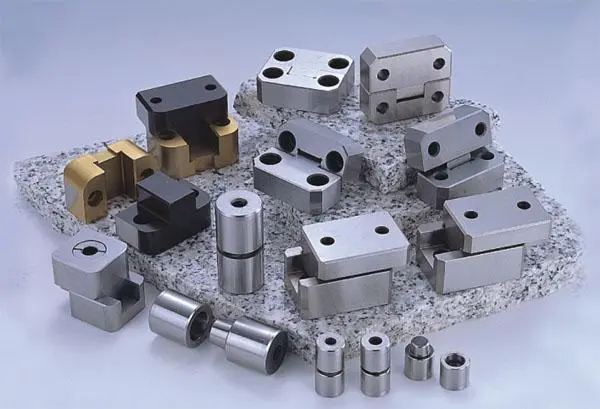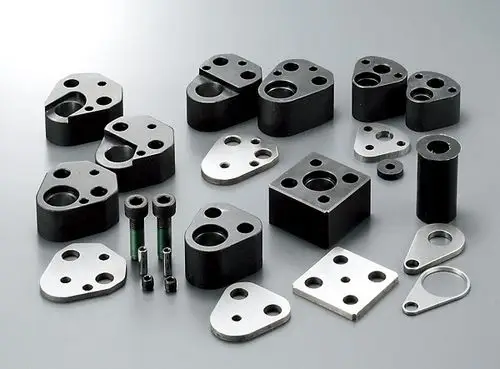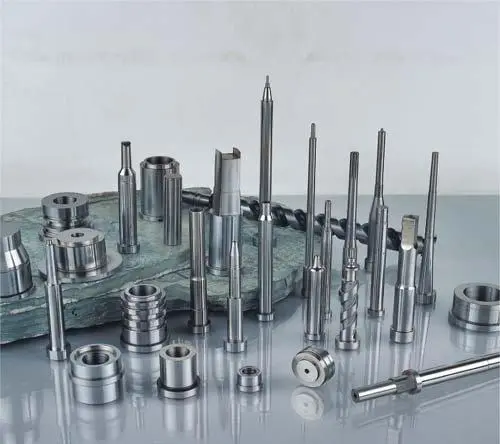News
Comparison of 3D molds and traditional molds
In the field of modern manufacturing, 3D molds and traditional molds are like two unique stars, each emitting its own unique light, and there are many significant differences between the two.
Traditional mold manufacturing typically relies on a series of established processes such as cutting, forging, and casting. This process is quite complex, encompassing meticulous design, material preparation, multiple fine processing steps, and rigorous quality inspections. Its advantages lie in its highly mature technology, demonstrating excellent high precision and stable performance in mass production. Traditional molds offer a wide range of material choices, from common metals to various engineering plastics, with good cost control, especially suitable for the production of a large number of standardized products. However, its disadvantages are also undeniable: long design and manufacturing cycles, high mold costs, poor flexibility in new product development and small-batch production, and difficulties in manufacturing complex shapes and internal structures.
3D molds, leveraging cutting-edge 3D printing technology, have emerged. Their outstanding feature is the ability to quickly and flexibly manufacture extremely complex shapes and internal structures. For products with strong personalized needs, small-batch production, or unique shapes and complex internal structures, 3D molds have obvious advantages. For example, in the manufacturing of some cutting-edge medical devices, creatively designed artistic products, and industrial parts customized for specific customers, 3D molds can accurately realize design concepts. In addition, 3D molds do not require mold opening, can quickly respond to changes in market demand, and significantly shorten product development cycles. However, 3D molds also have some shortcomings, such as the currently limited types of printable materials, some of which are inferior to traditional mold materials in performance, and the high cost of 3D printing equipment, resulting in higher unit costs than traditional molds in mass production, and production efficiency also needs improvement.
In terms of cost considerations, for large-scale, long-term continuous production, traditional molds, with their economies of scale and mature processes, usually have lower unit mold costs. However, in the new product development phase, small-batch production, or personalized customization scenarios, 3D molds do not need to bear high mold costs and long lead times, and from an overall cost perspective, they may be more attractive.
In terms of manufacturing cycle comparison, traditional molds often require a considerable amount of time from design conception to final molding, possibly taking weeks or even months. In contrast, 3D molds, based on digital design models, can be quickly printed by layering materials, greatly shortening the time span from design to physical object. In a competitive market with rapid product updates, this wins valuable time for enterprises, helping products to be launched faster and seize market opportunities.
In terms of precision control, traditional molds have accumulated rich and mature precision control experience and technical means through long-term practice and technological improvements. However, with 3D printing technology continuously developing, its precision continues to improve, gradually narrowing the gap with traditional molds in terms of precision, and in some specific application scenarios, it can even surpass the precision level of traditional molds.
In summary, traditional molds have significant advantages in large-scale, standardized mass production, while 3D molds excel in complex shape construction, small-batch customization, and rapid response to market changes. In actual production applications, enterprises and manufacturers should comprehensively consider various factors such as product needs, production scale, cost budget, and time requirements, and wisely choose the most suitable mold type to achieve optimal production efficiency and economic benefits, and promote the continuous development of manufacturing.



